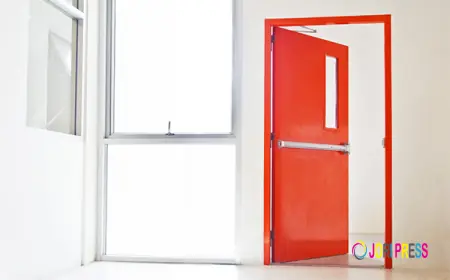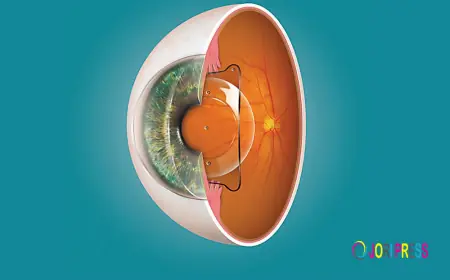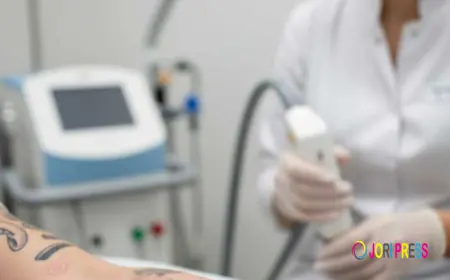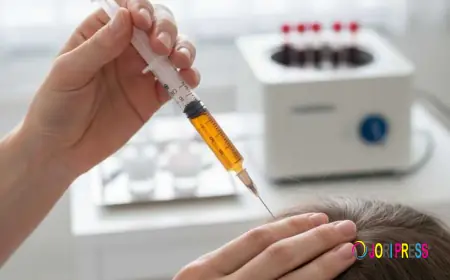The Hidden Dangers of Slippery Floors (And How to Fix Them)
Slippery floors might not seem like a major concern—until someone gets hurt. Every year, thousands of people in the UK are injured in slip-and-fall accidents, many of which occur in workplaces, hospitality venues, and public spaces. These incidents are often entirely preventable, yet they remain one of the most common causes of injury.
At Slip Safety UK, we specialise in identifying and fixing these hidden hazards before they lead to serious consequences.
Why Slippery Floors Are More Dangerous Than You Think
You might be surprised to learn that many slippery floors don’t look dangerous at all. A shiny tile floor or clean concrete surface can still be high-risk under the wrong conditions—especially when:
-
Wet from rain, spills, or cleaning
-
Contaminated with oils or greases
-
Worn smooth from years of foot traffic
-
Located near entrances, kitchens, or washrooms
According to the Health and Safety Executive (HSE), slips and trips are the single most common cause of workplace injuries. These accidents can lead to broken bones, back injuries, head trauma—and in some cases, legal claims that cost businesses thousands.
The Real-World Impact
Beyond the human cost, slippery floors can cause:
-
Lost productivity due to staff injury
-
Damage to company reputation
-
Increased insurance premiums
-
HSE investigations and potential fines
In short: one overlooked floor can cost you far more than you think.
How to Identify Slip Risks
It’s not always obvious which areas are high-risk. That’s why Slip Safety UK recommends a professional floor safety services . We use industry-standard tests (like the Pendulum Test, approved by the HSE) to measure your floor’s slip potential under real-world conditions.
High-risk areas typically include:
-
Entranceways and reception areas
-
Commercial kitchens and food prep zones
-
Toilets and shower rooms
-
Stairs and ramps
-
Loading bays and delivery areas
-
Outdoor walkways exposed to weather
How to Fix Slippery Floors – Proven Solutions
1. Anti-Slip Coatings
A fast, effective way to increase surface grip without replacing your flooring. Our clear or textured coatings improve safety and meet HSE slip resistance standards.
2. Deep Cleaning and Surface Preparation
Build-up of grease, soap, or polish can make floors dangerously slick. We provide deep cleaning and degreasing services to restore safe grip levels.
3. Slip-Resistant Treatments
For tiled and stone surfaces, we offer chemical treatments that increase traction without changing the appearance of the floor.
4. Ongoing Testing & Monitoring
Once your floors are treated, we provide routine testing to ensure compliance and maintain safe conditions over time.
Why Work with Slip Safety UK?
-
? Specialist expertise in slip prevention across multiple sectors
-
? HSE-compliant testing and certification
-
? Proven track record with hospitality, retail, healthcare, and industrial sites
-
? Tailored treatment plans based on floor type and use
Whether you're a small café or a multi-site operator, we help you protect your people, your brand, and your bottom line.
Final Word
Slippery floors are a silent threat—until it's too late. But with the right expertise and a proactive approach, they're also easy to fix.
Don’t let a hidden hazard cause your next workplace accident.
Get in touch with Slip Safety UK for a free site survey or expert advice.
What's Your Reaction?
 Like
0
Like
0
 Dislike
0
Dislike
0
 Love
0
Love
0
 Funny
0
Funny
0
 Angry
0
Angry
0
 Sad
0
Sad
0
 Wow
0
Wow
0



















































